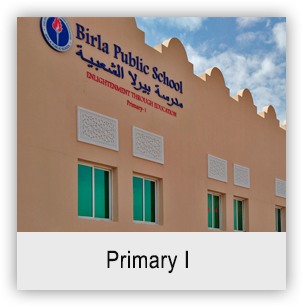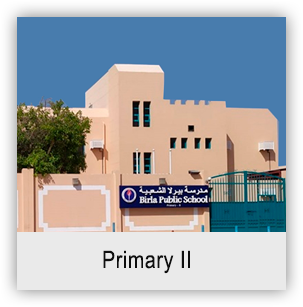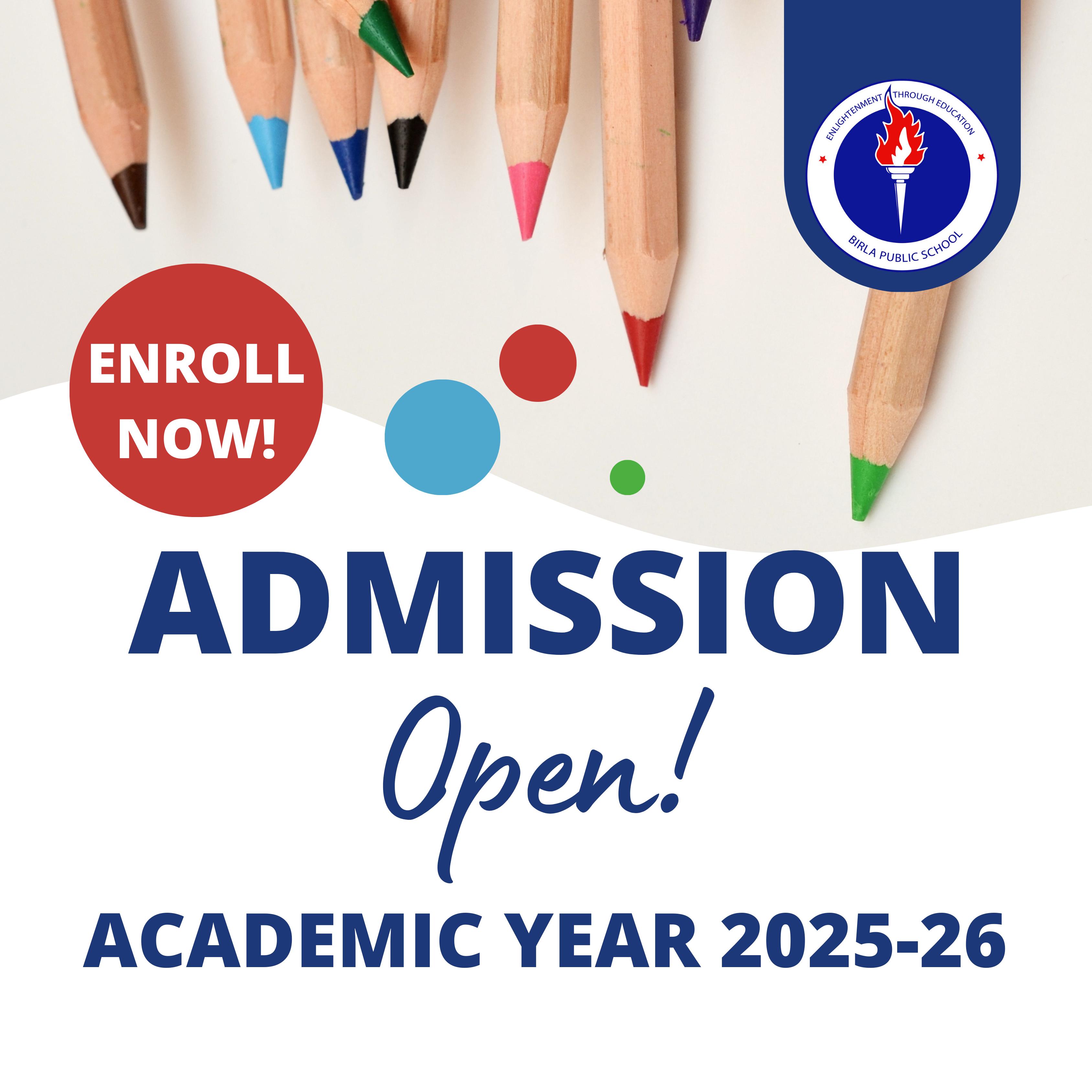ATAL TINKERING LAB
ATAL INNOVATION MISSION
Objective
Atal Innovation Mission (AIM) including Self-Employment and Talent Utilization (SETU) is Government of India’s endeavor to promote a culture of innovation and entrepreneurship. Its objective is to serve as a platform for promotion of world-class Innovation Hubs, Grand Challenges, Start-up businesses and other self-employment activities, particularly in technology driven areas.
The Atal Innovation Mission shall have two core functions:
- • Entrepreneurship promotion through Self-Employment and Talent Utilization, wherein innovators would be supported and mentored to become successful entrepreneurs
- • Innovation promotion: to provide a platform where innovative ideas are generated
- • Atal Tinkering Labs
- • Atal Incubation Centers
- • Scale-up support to Established Incubators
Features of ATL
ATL is a work space where young minds can give shape to their ideas through hands on do-it-yourself mode and learn innovation skills. Young children will get a chance to work with tools and equipment to understand the concepts of STEM (Science, Technology, Engineering and Math). ATL would contain educational and learning ‘do it yourself’ kits and equipment on – science, electronics, robotics, open source microcontroller boards, sensors and 3D printers and computers. Other desirable facilities include meeting rooms and video conferencing facility.
Eligibility
Schools (minimum Grade VI - X) managed by Government, local body or private trusts/society to set up ATL.
ATAL TINKERING LAB PROJECTS
- SOCCER ROBOT
Concept learnt: momentum, conservation of momentum
Working: This robot can play soccer by dribbling and kicking a ball. We can control it using an application named roboG3 through our mobile phones.
Components used: E-Series LITE brain, DC motors, plates, connecting cables, shaft stoppers, fillers, nuts and bolts, axle shaft, wheels, coupler, adjustable spacers.
- ROBOTIC CRANE
Concept learnt: a. How to increase and decrease torque?
- Gears and Ratios
Working: This robot can pick and release goods using its third arm connected with a hook. We can control it with/without application.
Components used: E-Series LITE brain, DC motors, wheels, plates, connecting cables, spur gears, shaft stoppers, fillers, nuts and bolts, axle shaft, wheels, coupler, adjustable spacers.
- GRIPPER ROBOT
Concept learnt: Synchronization in mechanical systems
Working: This robot can hold any load using its 2 arms simultaneously.
Components used: E-Series LITE brain, DC motors, wheels, plates, connecting cables, spur gears, shaft stoppers, fillers, nuts and bolts, axle shaft, wheels, coupler, adjustable spacers.
- DUMPER ROBOT
Concept learnt: Tipping mechanism
Working: To unload the material by tilting the container of dumper robot. The tipping body has an even cargo area which is fitted with a tipping mechanism. This mechanism has the function to tilt the loading area for sliding down the load or unloading the material.
Components used: E-Series LITE brain, DC motors, wheels, plates, connecting cables, shaft stoppers, fillers, nuts and bolts, axle shaft, wheels, coupler, adjustable spacers.
- ALCOHOL GAS SENSOR
Concept learnt: Sensors and microcontrollers, programming and coding.
Working: This type of sensor circuit can be used as a breathalyzer to check a person's blood alcohol level. Just as we exhale carbon dioxide when we breathe out, we also will breathe out some alcohol if we have alcohol in our blood. Any Alco meter device can measure this alcohol content. This sensor gives an alarm when the alcohol content is more.
Components used: Arduino uno, jumper cables, breadboards, MQ3 sensor, USB A-B, buzzer.
- SECURITY BASED DOOR OPENING SYSTEM
Concept learnt: Display and microcontrollers and coding.
Working: A keypad is one of the most commonly used input devices in microprocessor applications. Using keypad- arduino interaction the security locker can be opened. A display is provided along with that for showing the passwords.
Components used: Arduino uno, LCD display 16x2, keypad, breadboards, jumper wires, USB cables A-B, buzzer.
- 3D PRINTER
3D printers are a new generation of machines that can make everyday things. They’re remarkable because they can produce different kinds of objects, in different materials, all from the same machine. The 3D printing process turns a whole object into thousands of tiny little slices and then makes it from the bottom-up, slice by slice. Those tiny layers stick together to form a solid object. The filament used here is PLA (Poly Lactic Acid).












